The Quick Guide to Natural Childbirth
If you have decided on or are considering birthing in a setting like a freestanding birth center, it perhaps has to do in part with your desire to have a natural birth experience. It is estimated that approximately 85 percent of childbearing women are considered low-risk and are great candidates for a natural birth. But what is a natural birth exactly and what does it entail? Are there really worthwhile benefits to it and how much pain will I experience? These are all important questions when considering your birth plan. Here are the whos, whats, wheres and whys of the choice of natural birth.
What is a natural birth?
Natural birth is a vaginal birth that is free of pain medication and has minimal, if any, medical interventions. With a natural birth, the mother is in control of the labor process; she is a part of each and every decision, including when it’s time to rest, change positions and push, with her care providers acting as support throughout the process.
Why do women choose to have a natural birth?
There are many reasons women choose to have a natural birth. Whether you are expecting your first baby or had a past birth experience that left you wanting to try something different, here are a few of the top reasons moms choose natural birth:
- To have a sense of control over the birthing process
- They view birth as a natural, normal, non-medical event
- To have a sense of presence and awareness during birth
- To have the ability to move about freely during labor
- To have the ability to follow the lead of your body’s natural instincts
- Less invasive
- To avoid unnecessary medical interventions
- To avoid undesirable side effects of pain medication to mom and baby (such as drowsiness, a drop in blood pressure or nausea)
- To avoid undesirable side effects of pain medication on labor (such as slowing or stopping the progress)
- A sense of empowerment
- Reduced risk of certain interventions such as the use of synthetic oxytocin (Pitocin), forceps and vacuum extraction
- The ability to eat and drink throughout labor
Where do women have natural births?
While you can absolutely have a natural birth in a hospital setting with the right supportive team and a clear birth plan, you might find that a birth center is more conducive to your goal of a natural delivery (It is important to note that some hospitals call their labor & delivery units "birth centers"...this is not what we are referring to). Birth centers place a strong emphasis on empowering women to realize the amazing capabilities of their own bodies without intervention or pain medicine. Another option for natural birth is having your baby in your own home. This approach typically includes the attendance and care of a midwife.
Who can have a natural birth and who attends them?
As previously stated, approximately 85 percent of women are considered great candidates for a natural, vaginal delivery. However, in order to plan for a natural delivery, a woman should ideally have a low-risk pregnancy with few complications or other existing serious conditions.
A natural birth can be attended by a doctor or midwife, along with a birth assistant and a doula, depending on your setting and personal preferences. Continuous care and support from a midwife or doula throughout labor has been associated with lower rates of the use of pain medicine, incidence of C-sections and other interventions in addition to shorter labors and greater overall satisfaction with the birth experience.
How do women cope with the pain of a natural birth?
Every woman will experience the pain of childbirth differently. Fortunately, there are many alternative forms of pain management that can be used during a natural birth instead of medication or an epidural. Here are just a few of them:
- Nitrous oxide
- Water immersion/water birth
- Massage
- Relaxation
- Acupressure
- Acupuncture
- Visualization
- Hot/cold compresses
- Hydrotherapy
- Deep breathing
- Yoga
- Changing positions
- Distraction
- Visual imagery
- Meditation
- Walking
- Hypnosis
- Birthing ball
Consider taking child birth preparedness classes that focus on natural birth and pain management. The better prepared you are, the more tools you will have to help you achieve your goal of a natural birth.
What if something goes wrong?
The most important thing with any birth plan is to approach it with flexibility and a willingness to heed the advice of your caregivers who have you and your baby’s best interest at heart. While having a natural birth is typically very safe, complications do arise occasionally where medical interventions are not only suggested but necessary. Beginning with a caregiver that you trust is an important step to helping you feel confident and comfortable in the event that a change is made to the plan involving unexpected interventions. Just know that no matter what course your birth ends up taking, whether it is perfectly natural or ends in a C-section, you and your body have done an incredible, life-giving thing. There is no shame in a birth that does not go as planned.
For questions about natural birth, prenatal and postpartum care and all other women’s care services, contact Health Foundations for a free consultation with a midwife and for a tour of our Birth Center. Our goal is to support you in realizing your body’s tremendous strength and potential.


